San Francisco-based AI firm Anthropic has unveiled Claude for Life Sciences, marking its first formal entry into life sciences research. The platform is designed to streamline the entire R&D process, from literature reviews and hypothesis generation to data analysis and regulatory submission, drastically reducing timelines for discovery and reporting.
Claude leverages Anthropic’s family of large language models, including the newly launched Claude Sonnet 4.5, optimised for laboratory protocols and life sciences workflows. The company aims to give researchers the same productivity gains in biology as software engineers experience with code generation, enabling teams to brainstorm, analyse, and report findings in minutes rather than days.
Anthropic is partnering with established scientific and technology platforms, including Benchling, PubMed, 10x Genomics, BioRender, and Synapse.org, while collaborating with consulting and cloud providers such as KPMG, Deloitte, AWS, and Google Cloud. These integrations ensure interoperability, access to verified data, and governance while supporting high-volume scientific workflows.
Early adopters are already seeing substantial efficiency gains. Novo Nordisk reduced clinical study documentation from more than ten weeks to just ten minutes using Claude, while Sanofi reports daily usage among the majority of employees. The platform is positioned to accelerate clinical trials, potentially compressing timelines from three years to one month, according to Anthropic.
Founded in 2021 by former OpenAI researchers, Anthropic has attracted major investment, including $4 billion from Amazon and $2 billion from Google. The company emphasises responsible deployment, prohibiting use for weapons development, and seeks to become a foundational tool for life sciences research globally.
Claude for Life Sciences is available via Claude.com and the AWS Marketplace, with Google Cloud Marketplace access coming soon.
Explore how Claude is transforming life sciences research and accelerating innovation in the full article.

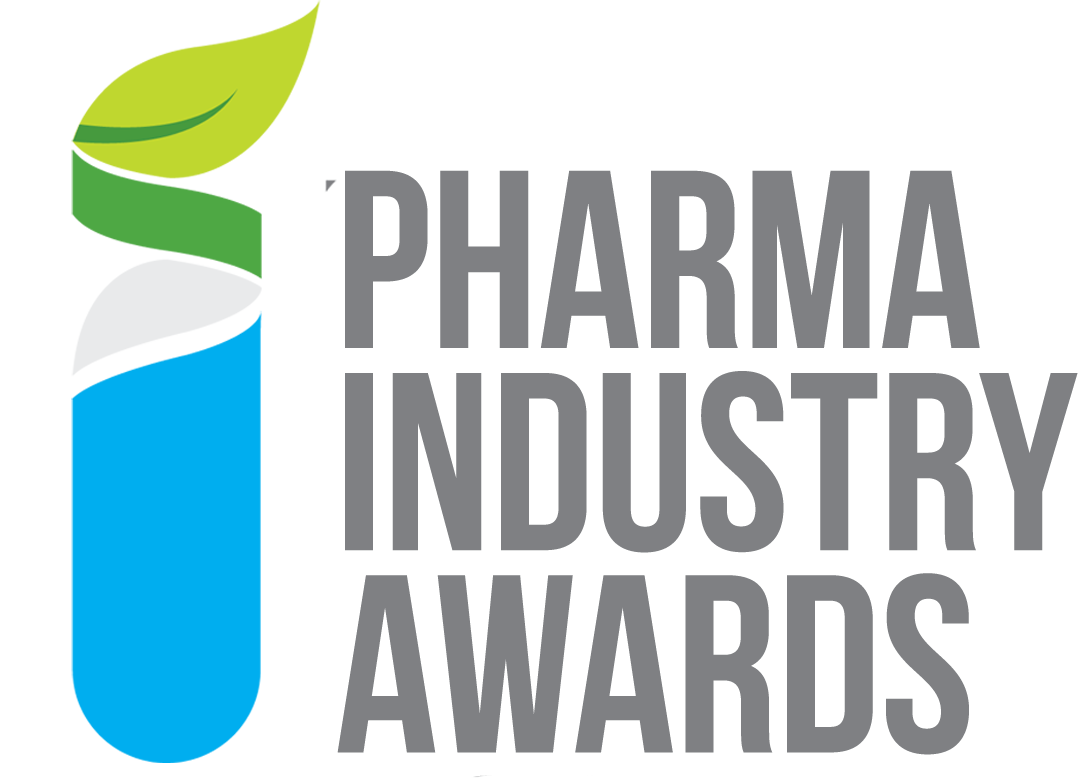

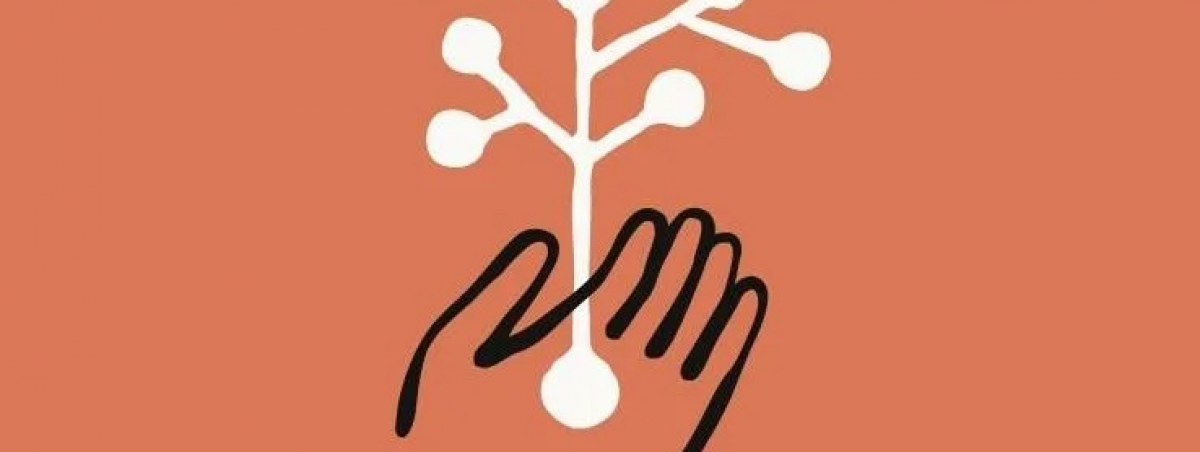

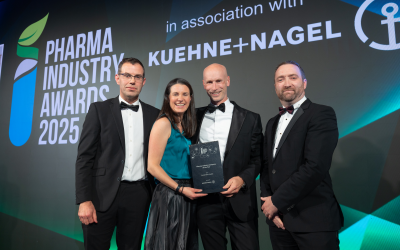
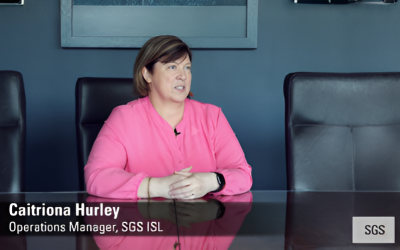


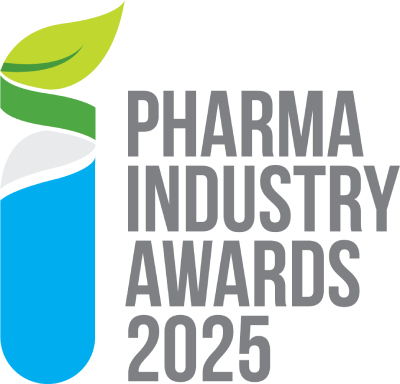

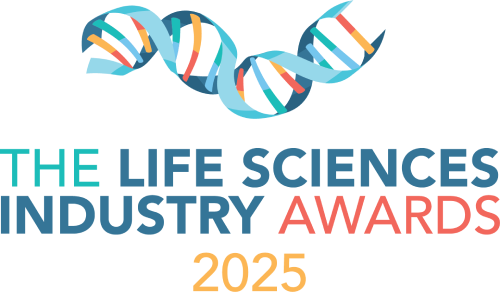




.png)

